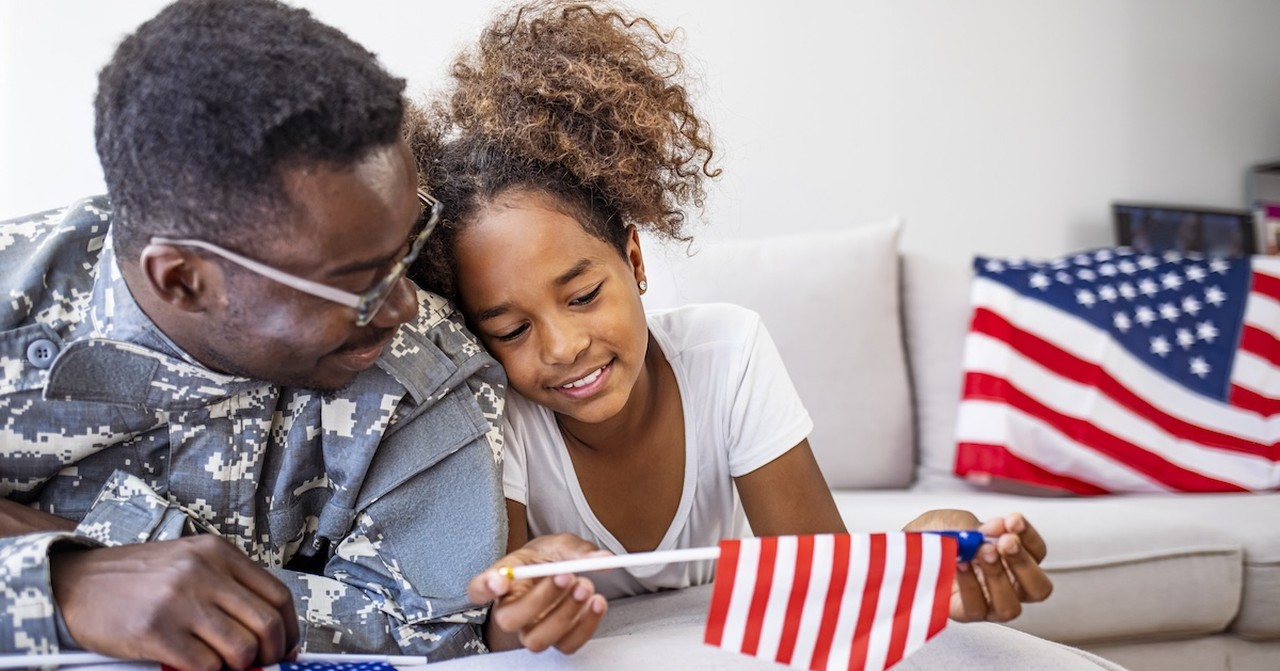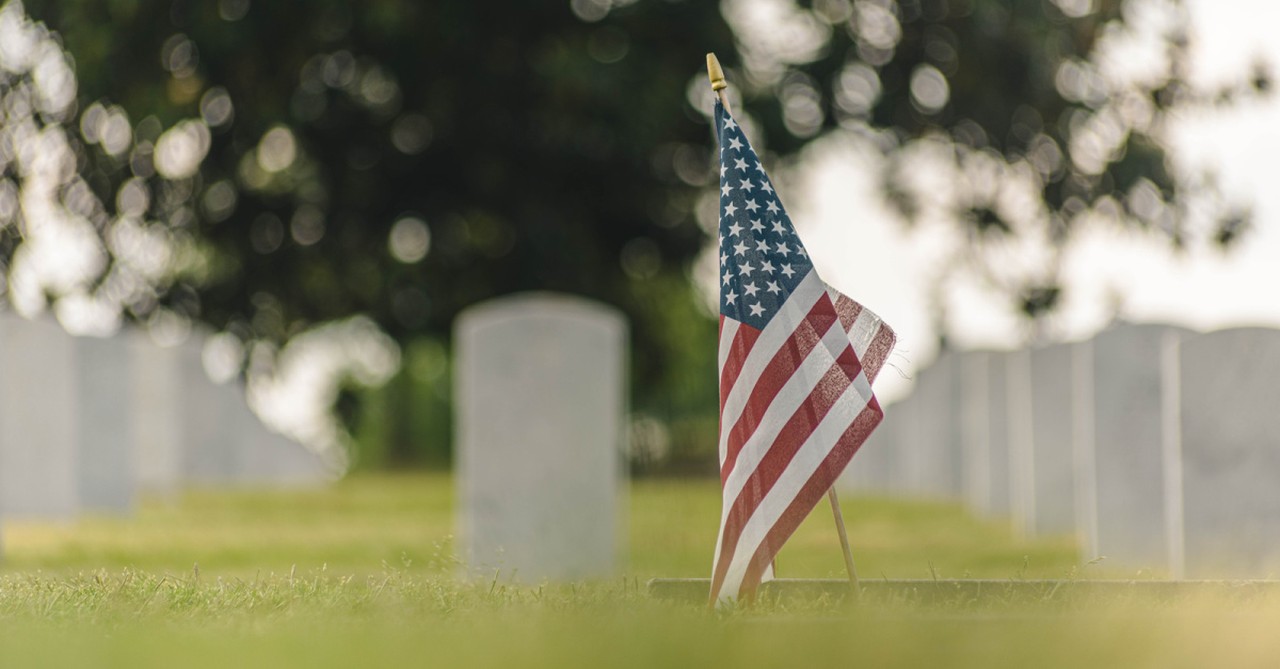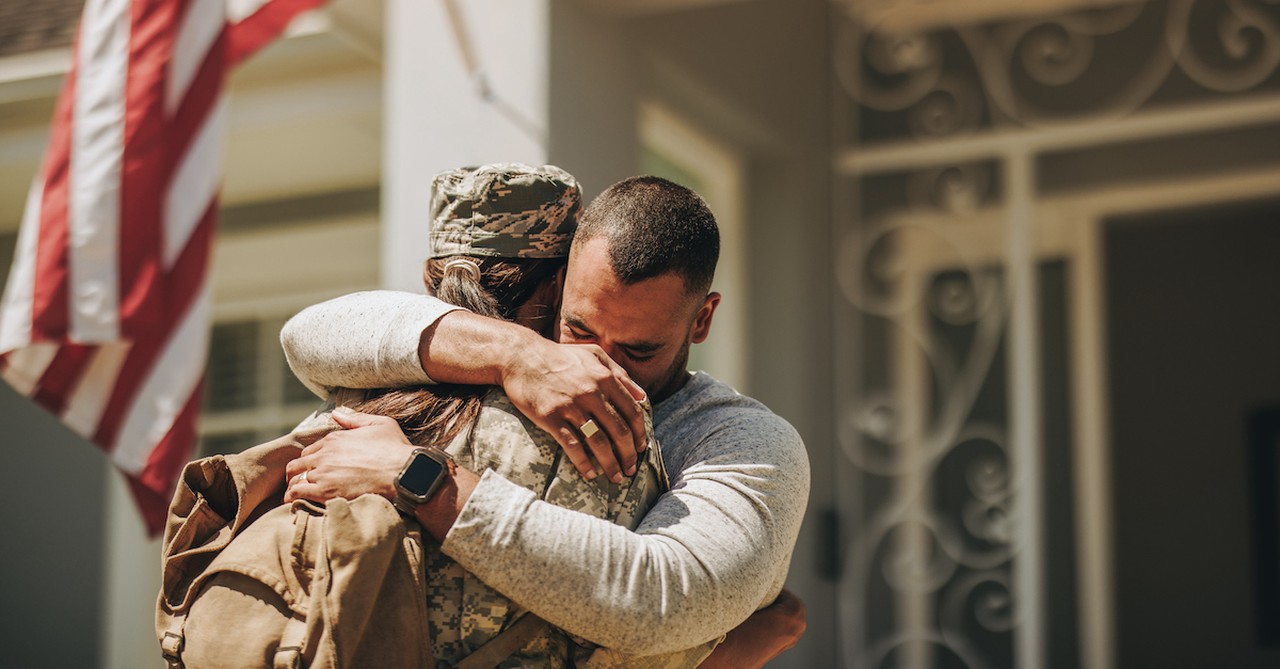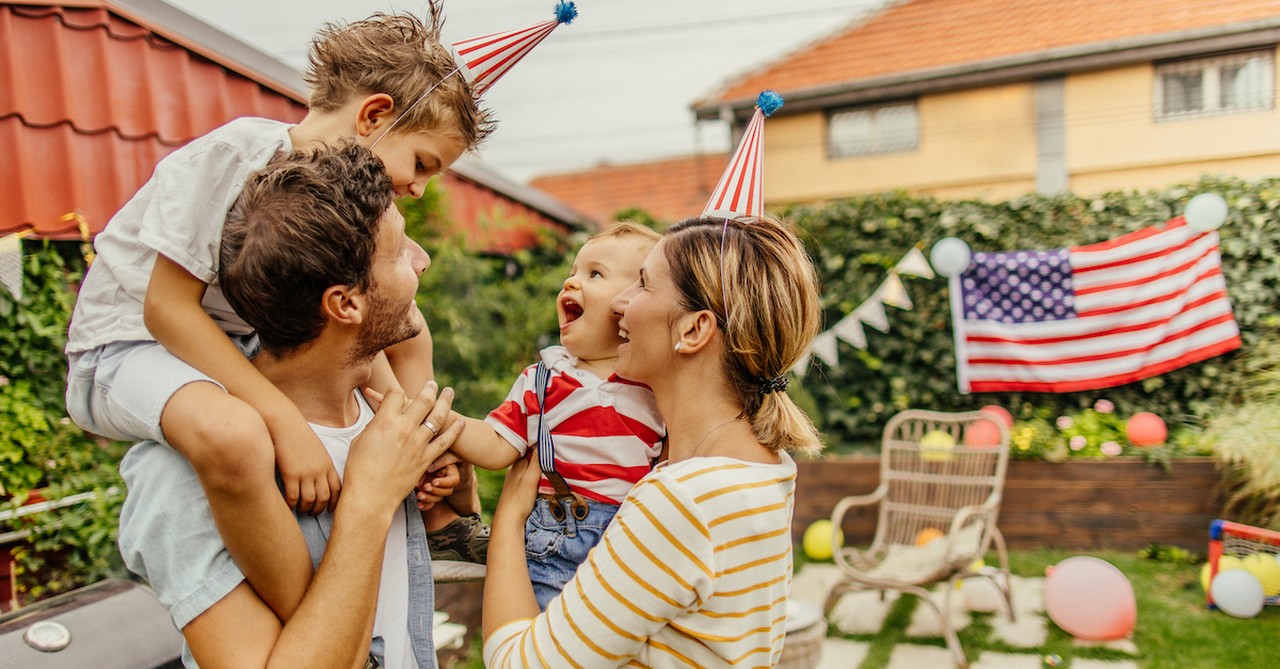4 Ways to Teach Your Children about Memorial Day

Memorial Day is fast approaching. I asked a few kids recently what it was all about, and considering their blank looks, I wasn't particularly blown away by their answers. Truthfully, we spend a lot of time enjoying the day, hanging up our work, hosting cookouts, putting American flags in our potted plants, and having friends and family over. But there is a real story behind this holiday.
It's time we teach it to the next generation.
The History Channel defines Memorial Day this way:
Memorial Day is an American holiday, observed on the last Monday of May, honoring the men and women who died while serving in the U.S. military.
Originally known as Decoration Day, Memorial Day originated in the years following the Civil War and became an official federal holiday in 1971. Many Americans observe it by visiting cemeteries or memorials, holding family gatherings, and participating in parades.
So how do we teach our kids about the sacrifices made that we honor on this, the day of being "off" school and work, the day of hamburgers and hotdogs, of running through sprinklers, or taking out the boat to go fishing, etc. The paradox is rather startling when you stop to think about it. Our freedom to enjoy a day of life, came at the cost of another's life.
Here are some ways to teach your kids about Memorial Day and why it's important to remember its meaning:
Photo credit: ©GettyImages/dragana991
Teaching Kids the History of Memorial Day

Teaching Kids the History of Memorial Day
SLIDE 1 OF 4
Decoration Day—which became Memorial Day—began shortly after the Civil War. There was a very specific reason for this too. It wasn't to decorate houses or porches but to decorate the graves of Americans, both Union and Confederate, who had fallen in battle. After the Civil War ended in 1865, many families wanted to honor the soldiers who had died by decorating their graves with flowers. On the first official Decoration Day, May 30, 1868, a large crowd gathered at Arlington National Cemetery to remember the brave men who gave their lives. A man named James A. Garfield, who later became president, gave a speech about how important it is to say thank you and never forget the sacrifice these soldiers made for our country.
Learning to Remember Sacrifices on Memorial Day

Learning to Remember Sacrifices on Memorial Day
SLIDE 2 OF 4
The Civil War isn't typically the first war our minds jump to when we think of Memorial Day. Often, we see photographs from World War II to the current day, likely because of the generations presently alive who remember these fallen soldiers. The Civil War is far less well-received these days in history class, and granted, sensationalizing that war—or any way—is in poor taste. While war is never fully without its shades of gray, the politics of the Civil War were quite stark, and to this day, we remember much of that time period as tragic, shameful, and even angering.
Still, your children need to know and remember that it was after the Civil War that the country came together to remember the fallen. Causes and convictions aside, men (and women, though in much lower numbers than current day), fell on the bloody battlefields for their families, their homes, and yes, their nation. The ugly of war is woven throughout the graveyards that hold their remains 160 years later. It is a stark reminder that we should, as a people, take the causes and the wars we enter very seriously. That we should consider the rights of humankind through the truth of a Creator God. That we should not forget the sacrifices made for us to have the freedom to do this over a century later.
Photo credit: ©Getty Images/Tetra Images
Sharing Your Family's Military Story with Your Kids

Sharing Your Family's Military Story with Your Kids
SLIDE 3 OF 4
I'll never forget the day my daughter sat on the floor staring up at the shadowbox on the wall that held the military medals my grandfather had earned from World War II. While we were blessed that he was not one of the fallen, the question and the awe in her voice as she learned the stories of his purple heart and bronze star were so special. Because, in that moment, she was personalizing the history on which our nation and her freedoms are founded.
We also taught her the story of my dad's cousin who's helicopter was shot down during the Vietnam War. In fact, this Memorial Day, we plan to look up his photograph and tell his story so the kids remember how close Memorial Day is to our family. One of our own sacrificed for the ground they stand on, for the freedoms they enjoy, and for the futures they have to look forward to.
It's in this personalization that Memorial Day comes full circle. We take our children on the journey from what it even means, to how it started and why, to who we know in our family's history that we should never forget.
Practicing Appreciation for Military Service

Practicing Appreciation for Military Service
SLIDE 4 OF 4
Do you have a military cemetery nearby? This holiday is a great day to take your kids there and show them the men and women who died during war. Granted, some of the graves aren't men and women lost in battle, but rather who served. You can even use this time to educate your children on the upcoming Veteran's Day holiday that applies to those special men and women, too.
But search through your military cemetery. Search through your local cemetery. You will more than likely find the grave of someone who gave their life during a war and whose remains were returned home to be buried by their family. In our local cemetery, we found the grave of a Civil War veteran. It wasn't hard to then return home and do an Internet search with the kids to learn more about his history, his family's contribution to our community in the 1860s, and even what the history was around his regiment that served in the Union Army.
You can teach your children to show appreciation by showing reverent and respectful remembrance.
So, as you load up your burgers with cheese, pickles, and relishes this Memorial Day, encourage your family to pause just for a moment. Yes, pray over your food and thank the Lord for the heroes and heroines who gave their lives on the battlefield. But then follow that with a moment of silence. Play Taps so your children can feel the emotion of the gravity of the sacrifice that has been made.
This is the meaning of Memorial Day. So then, let us remember.
Jaime Jo Wright is an ECPA and Publisher’s Weekly bestselling author. Her novel “The House on Foster Hill” won the prestigious Christy Award and she continues to publish Gothic thrillers for the inspirational market. Jaime Jo resides in the woods of Wisconsin, lives in dreamland, exists in reality, and invites you to join her adventures at jaimewrightbooks.com and at her podcast madlitmusings.com where she discusses the deeper issues of story and faith with fellow authors.
Originally published May 21, 2025.









